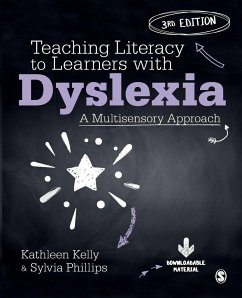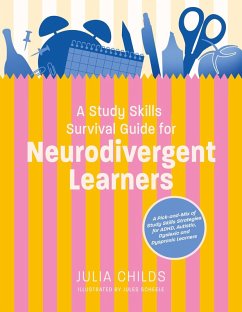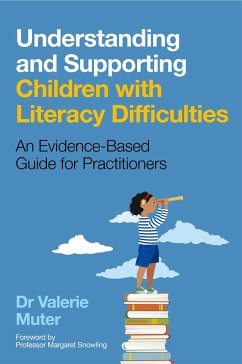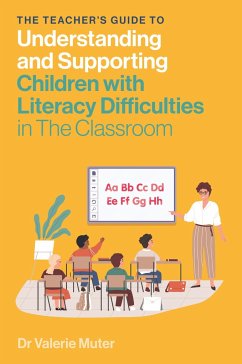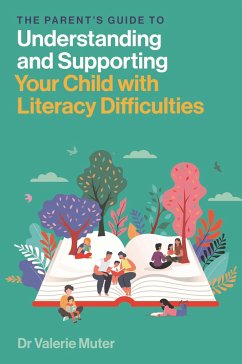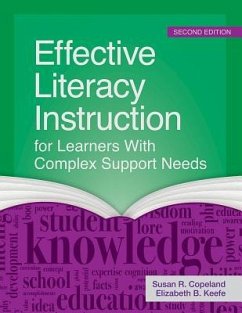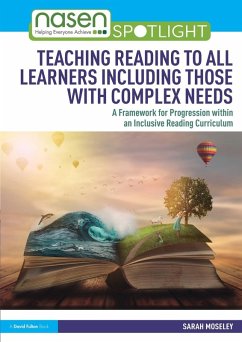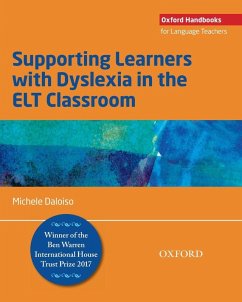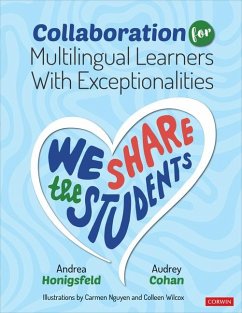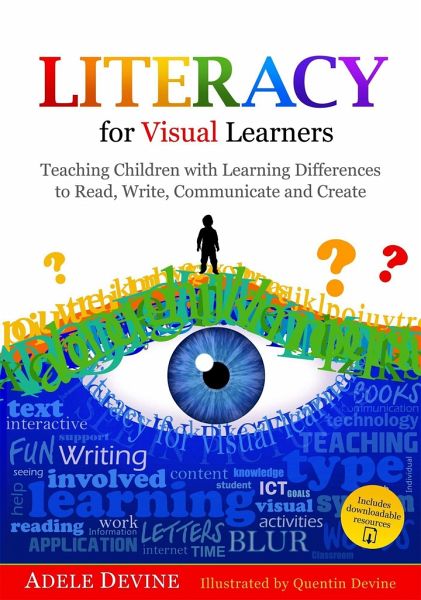
Literacy for Visual Learners
Teaching Children with Learning Differences to Read, Write, Communicate and Create
Illustrator: Devine, Quentin
Versandkostenfrei!
Versandfertig in 2-4 Wochen
50,99 €
inkl. MwSt.

PAYBACK Punkte
25 °P sammeln!
This book provides exciting new strategies for teaching literacy to children with special educational needs. Keeping the strengths of visual learners at the heart of each strategy, the author shares tried-and tested ways to develop key reading, writing, comprehension and communication skills.



